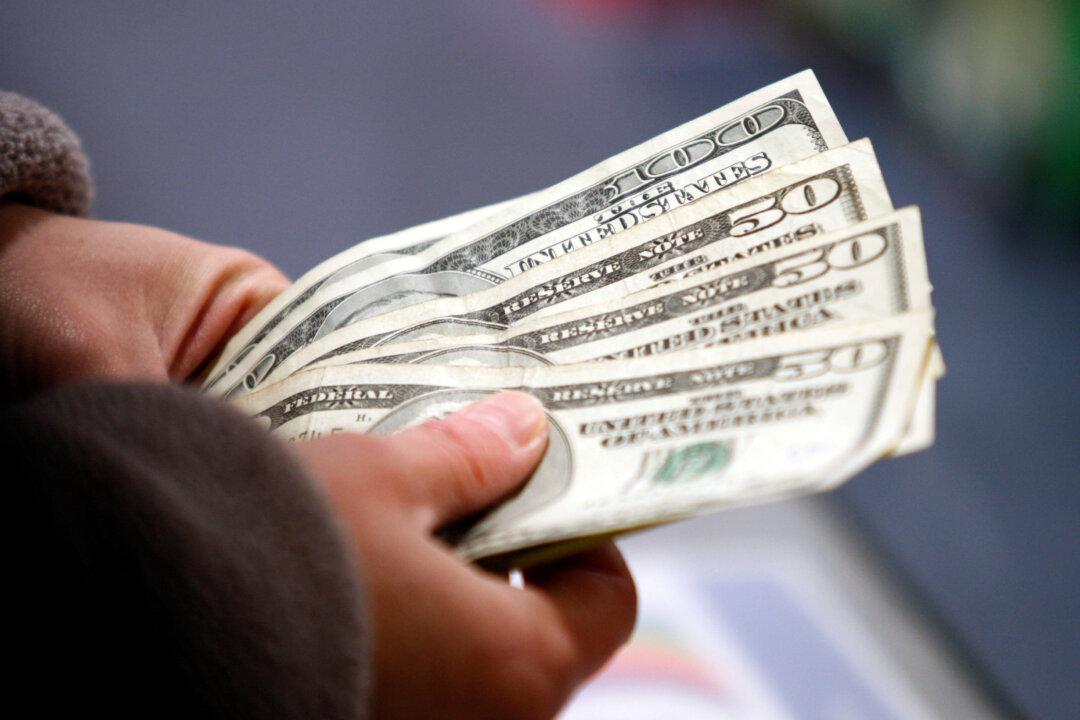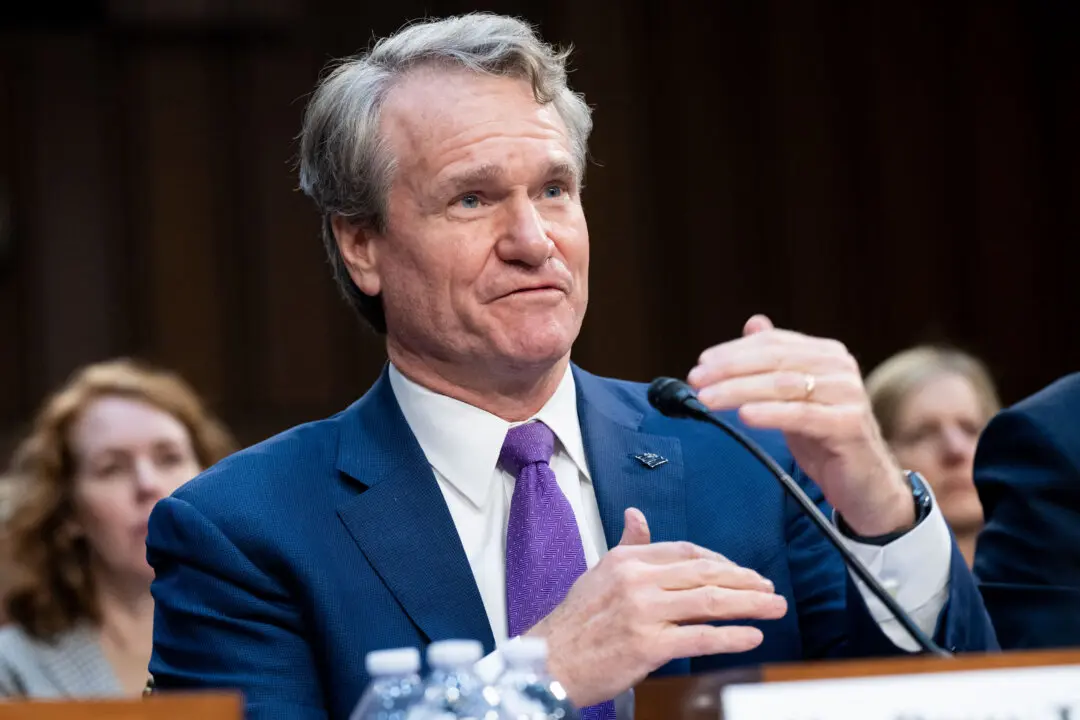Consumer spending, the main driver of the U.S. economy, rose slightly in January, giving a modest lift to America’s record-long economic expansion.
In January, overall retail sales, which reflect buying at physical stores and online, rose by 0.3 percent month-to-month, the Commerce Department said Friday. The figures are adjusted to smooth out seasonal fluctuations.





